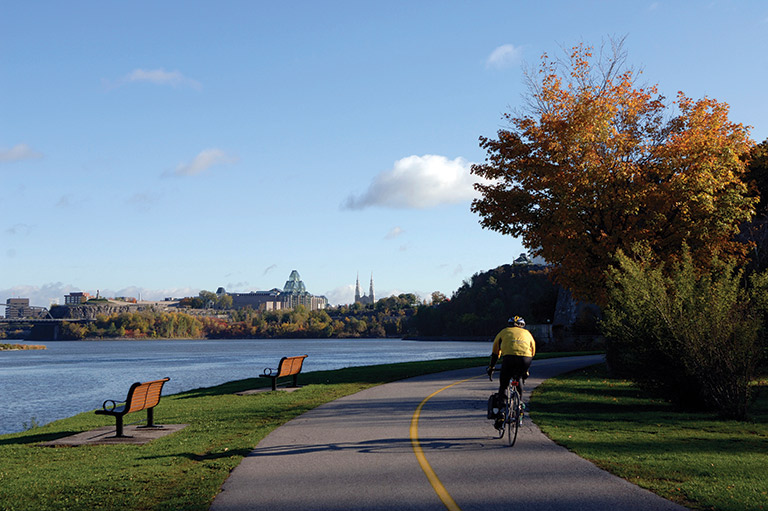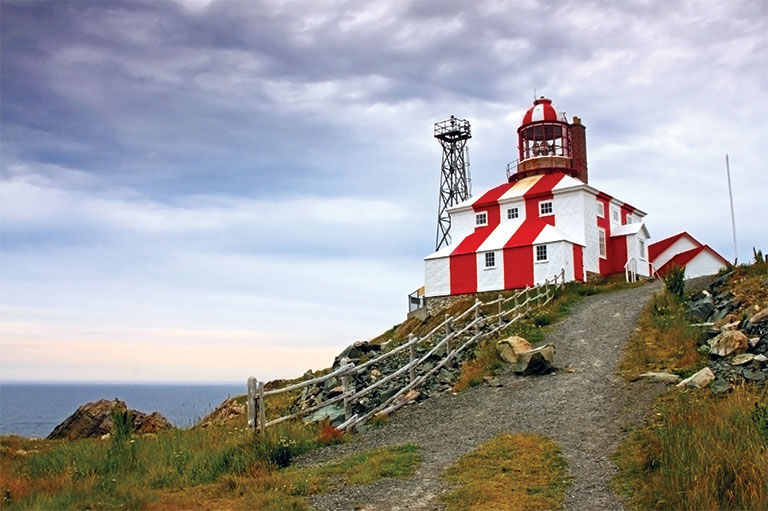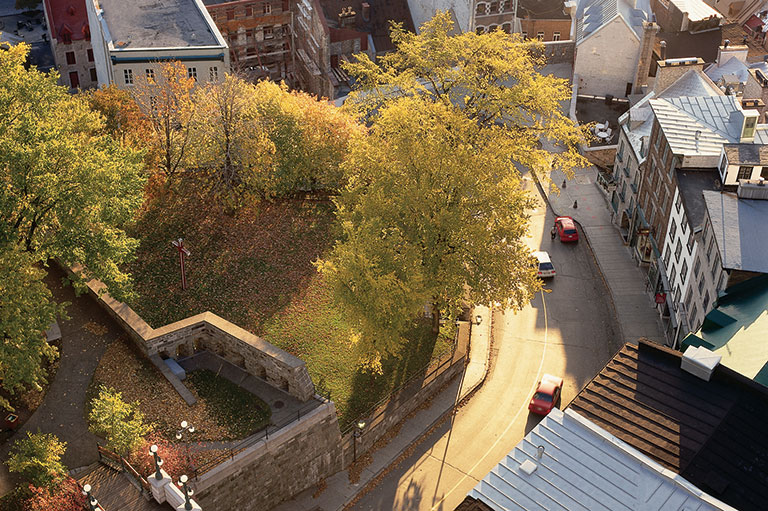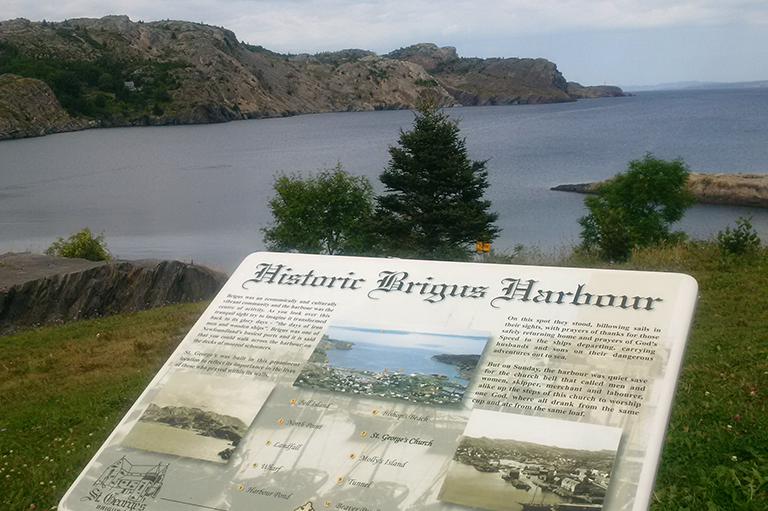The Path Less Travelled
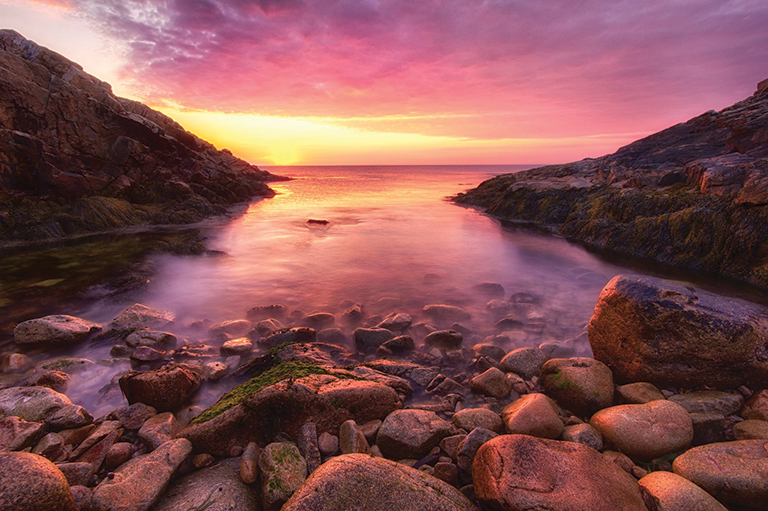
If there’s a province created for postcards, it’s Nova Scotia. “Canada’s Ocean Playground” may be small compared to Ontario, Quebec, or the western provinces, but it boasts ten thousand kilometres of coastline — and every cove and inlet harbours some sort of hidden history.
On a recent visit to my home province, I found myself at my sister’s house in Dartmouth, planning a day trip to Peggy’s Cove, when my nephew and niece piped up about a nearby coastal hike they had enjoyed while on a school outing.
It was on the way, so we shrugged: “Why not?” After all, while Peggy’s Cove is certainly the epitome of postcard Nova Scotia, we had collectively been there many times, and it felt a bit like a “been there, done that” destination.
Grabbing some sunscreen and filling our water bottles, we were soon tumbling into my sister’s minivan and departed on the winding drive to Duncan’s Cove, a rustic rural community only nineteen kilometres south of Halifax. Along the way, the kids explained that the hike might be a bit challenging for an old guy like me, given that I’m the owner of a pair of legs that are fast approaching the age of fifty.
The hike, I later learned, skirts along the edge of Duncan’s Cove Nature Reserve, a gorgeously sparse and rocky region featuring low shrubs, stunted evergreens, and million-dollar views of the Atlantic Ocean. Protected in 2004 due to the presence of certain rare plant species, including the Arctic blueberry, the reserve is surrounded by private properties; so visitors need to be careful not to wander off the trail.
Duncan’s Cove’s first recorded settler was Simon Duntoyn, who moved there in 1752. Soon a small fishing community emerged. Its residents likely didn’t have many other options for survival, as the rocky, thin soil of the region isn’t very conducive to growing crops.
As for the eponymous “Duncan” of Duncan’s Cove, the name comes from Admiral Adam Duncan, 1st Viscount Duncan, a British naval officer who famously — in Britain, at least — won a sea battle against French-controlled Dutch warships during the late-eighteenth century’s French Revolutionary Wars.

Speaking of wars, and of priceless views, the first thing we saw upon our arrival at the trailhead was a mansion that, unbeknownst to us, had origins steeped in Canada’s military history.
It turns out that opulent structure was formerly a Second World War observation tower. Strategically located on the southern coastal approach to Halifax Harbour, the tower was part of an extensive series of defences aimed at thwarting German submarines that prowled the adjacent waters during the Battle of the Atlantic.
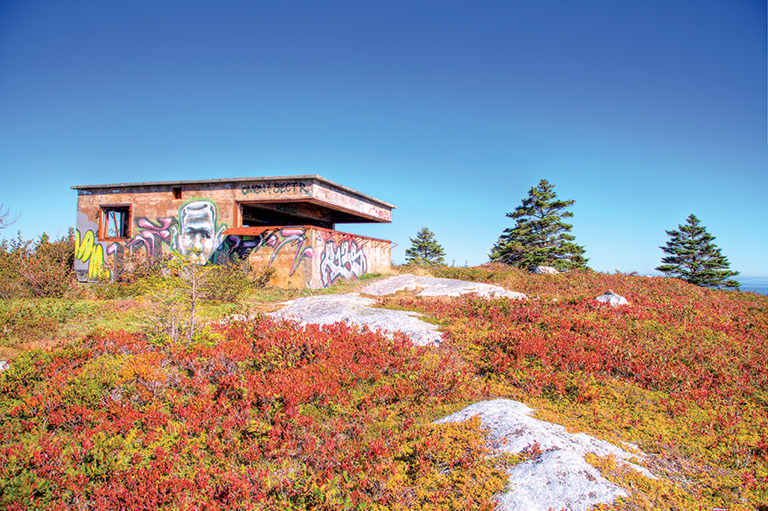
Long after the war ended, the abandoned tower was discovered by architect Erla Laurie, who decided to make it her home. While we didn’t encroach on the property, we were close enough to admire the stunning modern beauty of the multi-level mansion that, I later learned, features Portuguese limestone floors, a guest house, and an infinity pool near the edge of a craggy cliff overlooking the sea.
Time to get hiking. Within minutes we were standing just metres from the sea, scrambling up, over, and around granite boulders as we deeply breathed the refreshing salt-spray air.
Every new section of the trail revealed something to capture our attention: fromthe seabirds soaring high overhead to seals basking on rocky reefs just offshore. Every so often a sailboat would glide by, while farther offshore large container ships plied the busy seaway to and from Halifax’s working port.
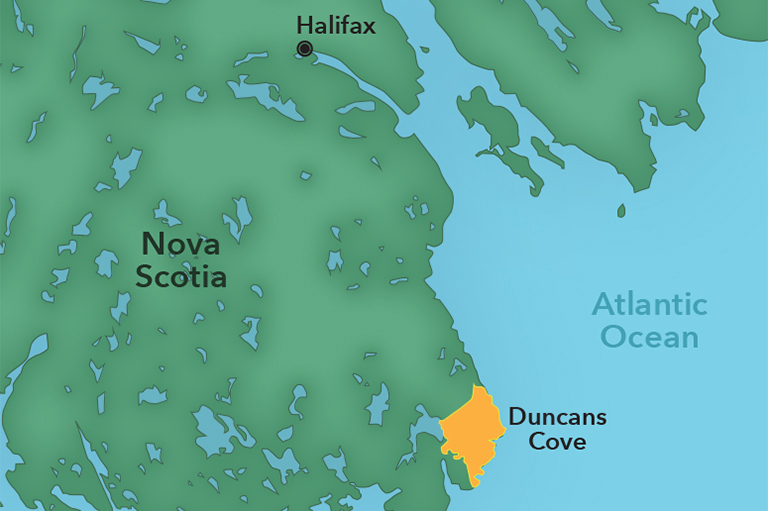
Soon we began to see in the distance the vague shape of small cement structures that, as we grew closer, came into focus as the ruins of concrete bunkers. These remnants were part of the once formidable coastal defences that protected Halifax during the Second World War. The city played a vital role in the war; countless thousands of Canadian soldiers, sailors, and merchant mariners passed through Halifax as they did their bit to defeat the Nazis.
For we adults, the bunkers were a great place to rest and to admire the view. As for the kids, they enjoyed the adventure of exploring the graffiti-covered, crumbling structures.
Rated by HalifaxTrails.ca as “moderate difficult,” the Duncan’s Cove hike isn’t for everyone. Sections of the trail — and the hot summer sun — had your humble scribe huffing and puffing and thinking of Samuel Taylor Coleridge’s “The Rime of the Ancient Mariner”: “Water, water every where,/ Nor any drop to drink.”
Thankfully, after the hike was conquered and we were all safely back in the minivan, my brother-in-law made a beeline straight to the nearest ice cream shop to celebrate with treats for all.
Later, we reflected on how fortunate we had been on this occasion to travel off the beaten path. While there’s nothing wrong with the postcard paradise version of Nova Scotia, there are also plenty of wonders to be found on the fringes, such as Duncan’s Cove.
Themes associated with this article
Advertisement
You might also like...
Help support history teachers across Canada!
By donating your unused Aeroplan points to Canada’s History Society, you help us provide teachers with crucial resources by offsetting the cost of running our education and awards programs.

Beautiful woven all-silk necktie — burgundy with small silver beaver images throughout. Made exclusively for Canada's History.


